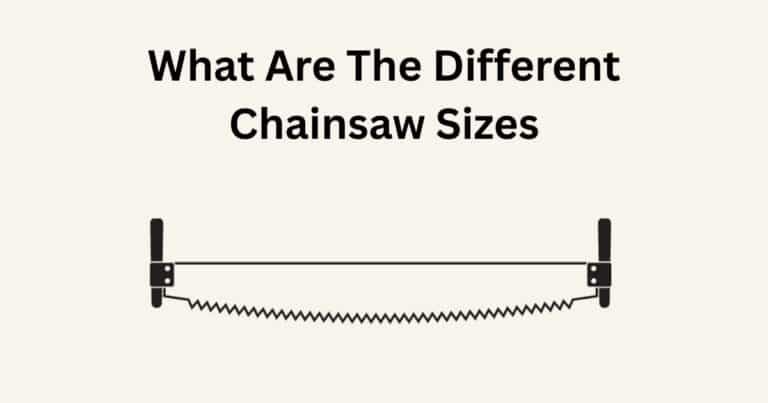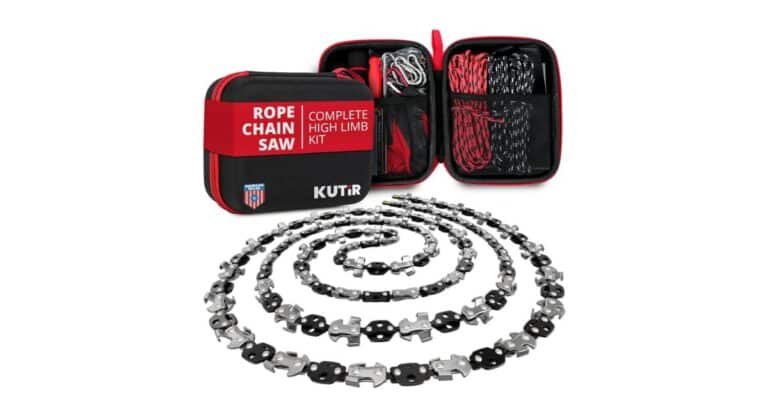Did you know that a tiny fraction, like 3/8 inch can make or break the success of your DIY project? Most people overlook the smaller divisions on a tape measure, but understanding these details is key to getting accurate measurements.
The 3/8-inch mark, positioned between 1/4 inch and 1/2 inch, is more than just a measurement. It’s a key reference that professionals and DIYers rely on for accuracy. Whether you’re working on a woodworking project or tackling plumbing repairs, 3/8 inch plays a crucial role in ensuring things fit perfectly and that everything runs smoothly.
At Kutir Tools, we specialize in providing top-quality measuring tools, including our Kutir Tape Measures, designed for precision and ease of use. We help you achieve flawless results with every project. Ready to learn more? Explore our blog for expert tips and advice on using your tools like a pro.
What Is 3/8 On A Tape Measure?
On a tape measure, 3/8 inch represents a precise fractional measurement between 1/4 inch and 1/2 inch. It is commonly used in both construction and DIY projects to ensure accuracy when measuring smaller lengths.
The 3/8-inch mark is the third tick after 1/4 inch, making it a useful reference for tasks that require more detailed measurement, such as woodworking, metalworking, and other crafts. Understanding this measurement helps achieve precision in projects where small increments matter.
How to Find 3/8 on a Ruler or Tape Measure? [Pro Tips Added!]
Finding 3/8 inch on a ruler or tape measure requires understanding how the length is divided into fractions. Here’s a step-by-step breakdown to help you accurately measure 3/8 inch with a tape measure:
Step 1: Understand the Ruler or Tape Measure Layout
Rulers and tape measures are divided into inches and then further subdivided into smaller fractions. The most common subdivisions you’ll see are:
- 1/2 inch (the halfway mark)
- 1/4 inch (a quarter of an inch)
- 1/8 inch (an eighth of an inch)
Each 1 inch is divided into 16 equal parts when the smallest divisions are marked in 1/16-inch increments. Most rulers and tape measures show up to 1/16 inch.
Step 2: Start at 0 Inches
Begin by locating the 0-inch mark at the beginning of the ruler or tape measure. This is your starting point.
- The 0-inch mark is where measurements begin, and it’s important to know this when measuring smaller increments.
Step 3: Find the 1/2 Inch
The 1/2-inch mark divides the 1-inch segment in half.
- This is exactly at the midpoint between 0 and 1 inch.
- On a ruler or tape measure, the 1/2-inch mark is typically the longer or boldest mark you’ll see.
Step 4: Divide the 1/2 Inch into Two Equal Parts to Get 1/4 Inch
Now that you’ve identified the 1/2-inch mark, split it into two equal parts. This gives you the 1/4-inch mark.
- The 1/4-inch mark is halfway between 0 and 1/2 inch.
- It’s located at the first mark after zero but before 1/2 inch.
Step 5: Divide the 1/4 Inch into Two Equal Parts to Get 1/8 Inch
Next, divide the 1/4-inch mark into two equal parts to create 1/8-inch increments.
- This gives you the smaller 1/8-inch marks that appear after every 1/4-inch on the tape measure.
- 1/8-inch marks are the smallest divisions between whole inches on a standard ruler or tape measure.
Step 6: Identify the 3/8 3/8-inch mark
Now, you’re ready to find the 3/8-inch mark.
- 3/8 inch is the third mark after the 0-inch mark.
- Start from 0 and count:
- The first small mark is 1/8 inch.
- The second small mark is 2/8 inch (which equals 1/4 inch).
- The third small mark is 3/8 inch.
This is the mark you’re looking for.
Step 7: Visualize the Full Scale
Here’s how the divisions look along the inch:
- 0 inch – Start here.
- 1/8 inch – First small mark after 0.
- 1/4 inch – Second small mark after 0, halfway between 0 and 1/2 inch.
- 3/8 inch – Third small mark after 0.
- 1/2 inch – Halfway point.
- 5/8 inch – First mark after 1/2 inch.
- 3/4 inch – Halfway between 1/2 inch and 1 inch.
- 7/8 inch – Just before 1 inch.
- 1 inch – The end of the ruler or tape measure.
Step 8: Confirm the Accuracy
To double-check your measurement, confirm that the 3/8-inch mark is exactly three ticks after 1/4 inch and just before the 1/2-inch mark.
If you’re working with a tape measure that includes 1/16-inch divisions, the 3/8-inch mark corresponds to 6/16. It’s always important to visualize the subdivisions to ensure accuracy.
Step 9: Practice for Accuracy
To become more comfortable with using fractions on your ruler or tape measure:
- Practice measuring small increments like 1/8-inch, 1/4-inch, and 1/2-inch.
- Familiarize yourself with how each fraction looks as you measure, especially 3/8-inch in relation to other marks.
Practical Uses of 3/8 Inch on a Tape Measure
The 3/8-inch mark on a tape measure may seem small, but it plays a crucial role in a variety of precise tasks. Here are some practical applications where this measurement is often used:
1. Woodworking and Carpentry
3/8-inch is frequently used in woodworking for accurate cuts, especially when measuring small gaps or spacing for joints and frames. For instance, cabinet makers often use this fraction to space shelf brackets or to determine the width of grooves in furniture pieces.
2. Tile Installation
When laying tiles, the 3/8-inch measurement helps in spacing between tiles. Tile installers often use this fraction for grout lines, ensuring the right amount of space for grout and preventing tiles from being too tightly spaced, which could lead to cracking.
3. Plumbing
3/8-inch is a common measurement used in plumbing when dealing with pipe diameters and fittings. For example, certain compression fittings are designed for 3/8-inch pipe sizes. It’s also useful for determining the space between pipes for installations in tight areas.
4. Automotive Repairs
In automotive work, 3/8-inch is essential for measuring small distances and gaps, such as when adjusting brake pads, aligning suspension components, or determining clearances between engine parts during repairs.
5. Framing and Drywall
3/8-inch is commonly used when installing drywall or framing walls, especially when making adjustments for stud spacing or gaps between panels. It ensures the proper fit for trim or molding around windows and doors.
6. Furniture Assembly
Many furniture manufacturers use 3/8-inch measurements when setting screw depths or ensuring proper alignment of wood pieces. It’s especially useful when assembling flat-pack furniture and needing precise distances between components.
Conclusion
Understanding the 3/8-inch mark on your tape measure is essential for achieving precise measurements in various projects, from DIY tasks to professional work. While it may seem like a small fraction, its importance cannot be overstated when it comes to ensuring accuracy in everything from carpentry to plumbing.
At Kutir Tools, we are committed to providing you with high-quality, reliable tools to make your projects easier and more accurate. Ready to elevate your work? Visit Kutir Tools today for all your measuring and home improvement tool needs, and get started on your next perfect project!
Frequently Asked Questions (FAQs)
Q. Why is the 3/8-inch mark significant on a tape measure?
Answer: The 3/8-inch mark is vital for tasks requiring precise measurements. It’s commonly used in woodworking, tile installations, and plumbing, where small, exact increments make a big difference in fitting materials and achieving accurate results. Understanding this fraction ensures better accuracy and smoother project completion.
Q. How do I read the smaller increments on a tape measure?
Answer: On a standard tape measure, 1/8-inch divisions represent smaller increments. The 3/8-inch mark is the third tick after the 1/4-inch mark. By knowing how to identify these smaller markings, you can make precise measurements for a variety of projects, from carpentry to home repairs.
Q. Can the 3/8-inch measurement be used in construction?
Answer: Yes, 3/8-inch is frequently used in construction for tasks like framing, wall installations, and fitting materials. It helps ensure a tight, precise fit, particularly when working with drywall, trim, or flooring, where exact measurements are critical for maintaining alignment and proper installation.
Q. How can I improve my measuring accuracy using a tape measure?
Answer: To improve accuracy, always ensure that your tape measure is properly aligned and use the correct measurement marks like 3/8-inch for precise tasks. Practice reading the smaller increments and make sure your measurements are consistent. For consistent results, use high-quality tools like Kutir Tape Measures, designed for maximum precision.
Q. Is the 3/8-inch measurement used in everyday household projects?
Answer: Yes, the 3/8-inch mark is commonly used for everyday projects like furniture assembly, picture hanging, and home repairs. It’s essential for tasks that require a small but critical gap, ensuring materials fit correctly without excess space or tightness, which could lead to issues down the line.





